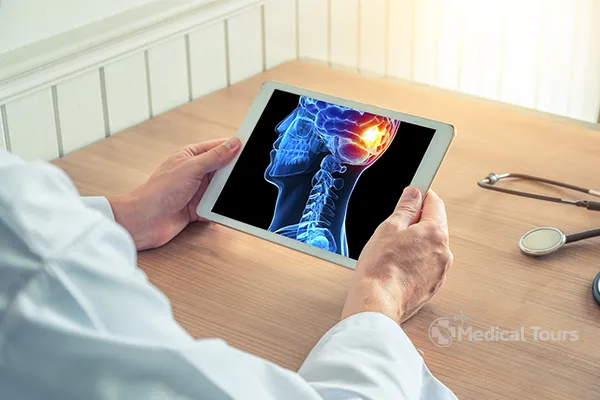Head and neck cancers are tumors that start in the squamous cells that line the mucosal surfaces of the head and neck (for example, those inside the mouth, throat, and voice box). Squamous cell carcinomas of the head and neck are the name for these cancers. Squamous cell carcinomas can start in the salivary glands, sinuses, muscles, or nerves in the head and neck, but these tumors are far less prevalent than squamous cell carcinomas.
A lump in the neck or a sore in the mouth or throat that does not heal and is uncomfortable, a persistent sore throat, difficulty swallowing, and a change or hoarseness in the voice are all possible symptoms of head and neck cancer. Other, less dangerous illnesses can also cause these symptoms. Any of these symptoms should be checked out by a doctor or dentist.
Cancers of the head and neck can cause a variety of symptoms:
| Type of Cancer | India | US |
|---|---|---|
| Oral cancer | $6000 | $40000 |
| Laryngeal cancer | $4500 | $32000 |
| Nasopharyngeal cancer | $4000 | $30000 |
| Salivary gland cancer | $4000 | $32000 |
Not all lumps in the neck point towards head and neck cancers. In most cases, these lumps could be swollen lymph nodes, which are caused due to infection or inflammation. However, if these lumps are persistent and do not go away after the inflammation is cured, you must immediately see your doctor who will be thoroughly examining these lumps before arriving at a conclusive diagnosis.
Different head and neck cancer treatments are associated with different side effects. Radiation therapy may lead to fatigue, weight loss, and pain with swallowing. Chemotherapy, on the other hand, may cause nausea, low blood counts, and changes in taste. A few side effects, like nausea, wear off as soon as the treatment ends. However, other side effects, like fatigue and discomfort with swallowing, take some time to improve.

